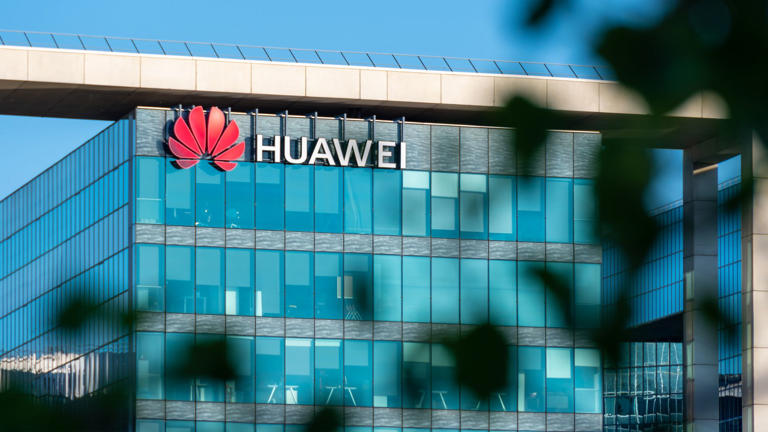In a surprising development, Huawei Technologies has emerged as a potential rival to Nvidia in the artificial intelligence (AI) chip arena for the first time since the imposition of US export restrictions.
According to reports from the South China Morning Post, Nvidia and industry analysts now view Huawei’s Ascend 910B as a credible alternative to Nvidia’s A100 data center GPUs. Dylan Patel, chief analyst at San Francisco-based semiconductor research firm SemiAnalysis, noted that the Ascend 910B is capable of competing with Nvidia’s A100 in terms of powering AI algorithms, suggesting that it even surpasses the A100 theoretically.
The Ascend 910B, manufactured by China’s Semiconductor Manufacturing International Corp (SMIC) on a 7-nanometer process using deep ultraviolet (DUV) lithography tools, serves as the successor to the Ascend 910, which was introduced in August 2019. This development signals a significant advancement for Huawei in the AI chip landscape and introduces a new player into the competitive market segment dominated by Nvidia.
Resurgence in silence
Huawei’s semiconductor business was initially expected to suffer significantly from the US sanctions imposed in 2019, particularly impacting its smartphone division. However, the effectiveness of these sanctions has come into question with the recent release of Huawei’s Mate 60 Pro smartphone.
Powered by the in-house Kirin 9000s processor, the Mate 60 Pro marks Huawei’s return to the 5G smartphone market since the Mate 40 series in 2020. The release of this device raises questions about Huawei’s ability to bypass the US chip ban.
According to reports from SCMP, Huawei has collaborated with domestic suppliers to continue chip development. The Ascend 910B, hailed as “the world’s most powerful AI processor,” was launched around the same time as the Mate 60 Pro. Notably, Chinese tech giant Baidu placed an order for 1,600 Ascend 910B chips in the same month of its release.
Moreover, Chinese AI company iFlytek introduced its Feixing One computing platform based on Huawei’s Ascend chips. This move suggests that iFlytek’s Spark 3.0 large language model (LLM) may have been developed using AI chips from Huawei, further highlighting the company’s ongoing semiconductor advancements despite the US sanctions.
A battle of titans
Earlier this year, Reuters reported that Huawei and SMIC had allocated more capacity to AI chips, indicating an increased emphasis on generative AI. Despite the availability of the Ascend 910B for order, supply constraints are evident, with one GPU distributor, who chose not to be named, mentioning the tight supply situation.
The competition between Nvidia and Huawei goes beyond hardware capabilities and extends to the software ecosystem. Nvidia holds an advantage with its well-established software platform, CUDA, its depth in GPUs, and a large community of registered developers. In contrast, Huawei currently relies on a proprietary platform called Compute Architecture for Neural Networks, which links its Ascend hardware and software. However, analysts like Brian Colello, technology equity strategist at Morningstar, emphasize the necessity for Huawei to develop an ecosystem akin to CUDA to intensify the competition.
“CUDA is sticky. Nvidia invested significant effort in developing it independently and is now reaping the rewards,” Colello noted in an interview with SCMP, highlighting the importance of a robust ecosystem for Huawei to enhance its competitiveness in the AI chip market.
